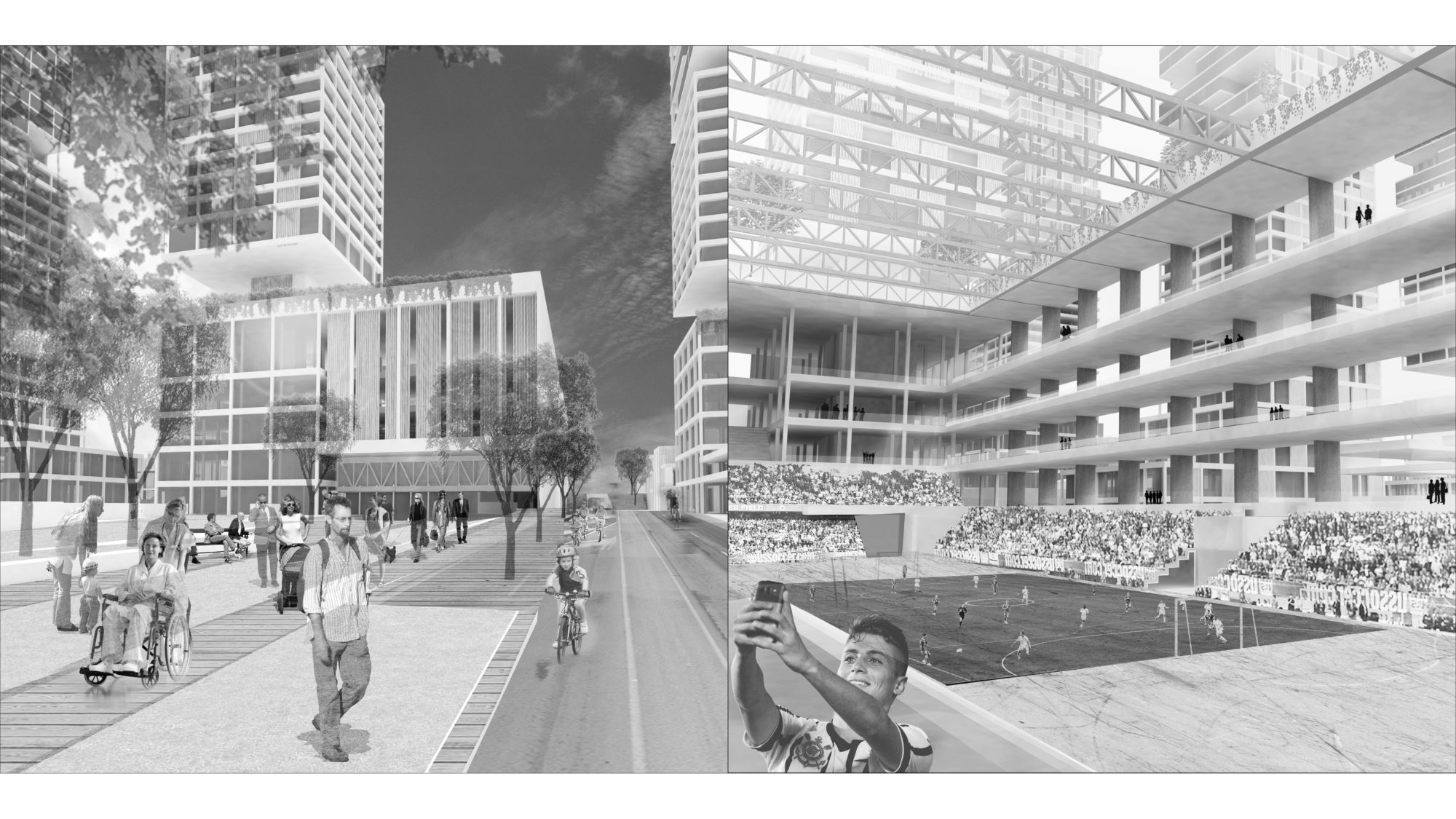
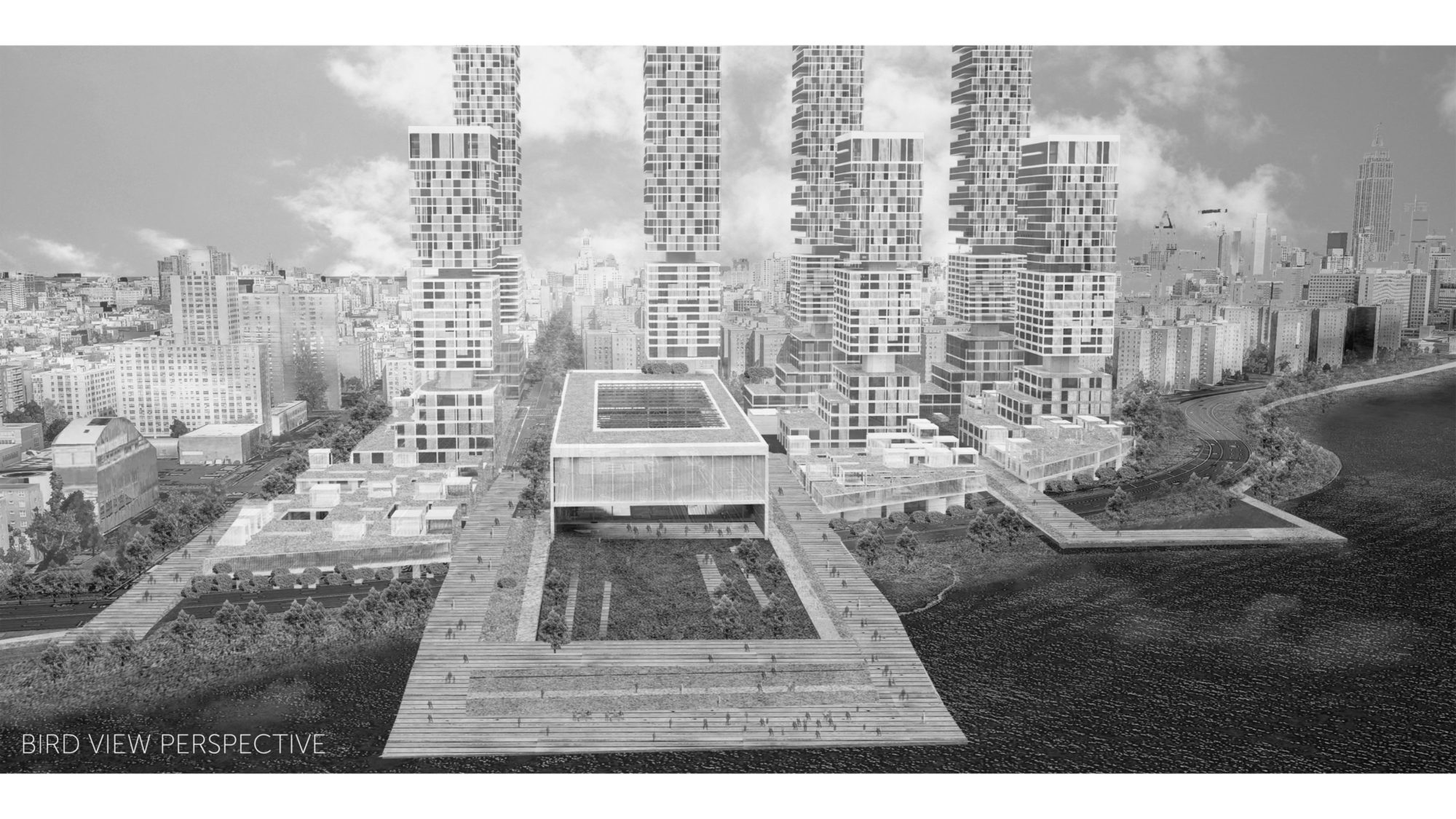
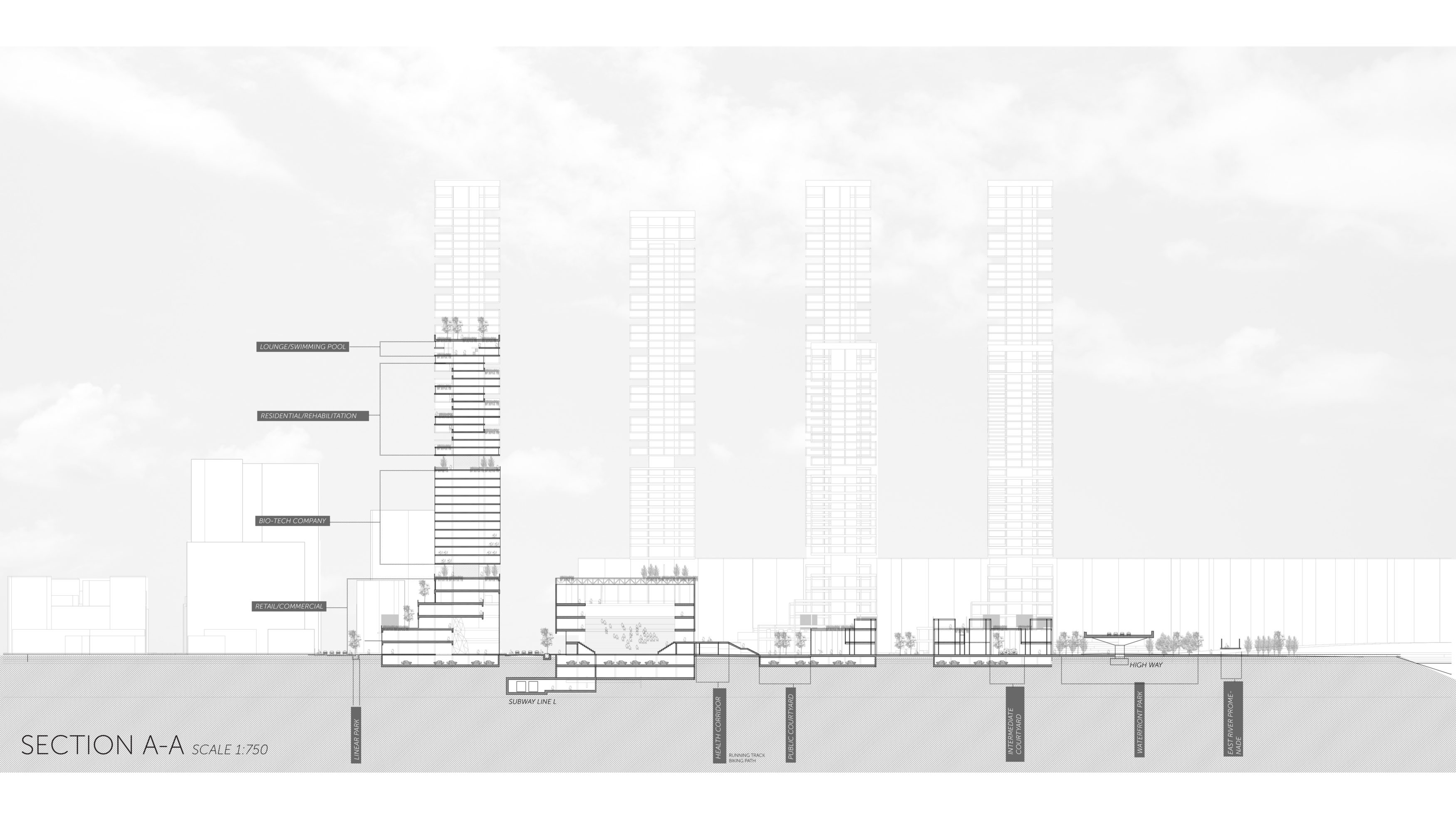
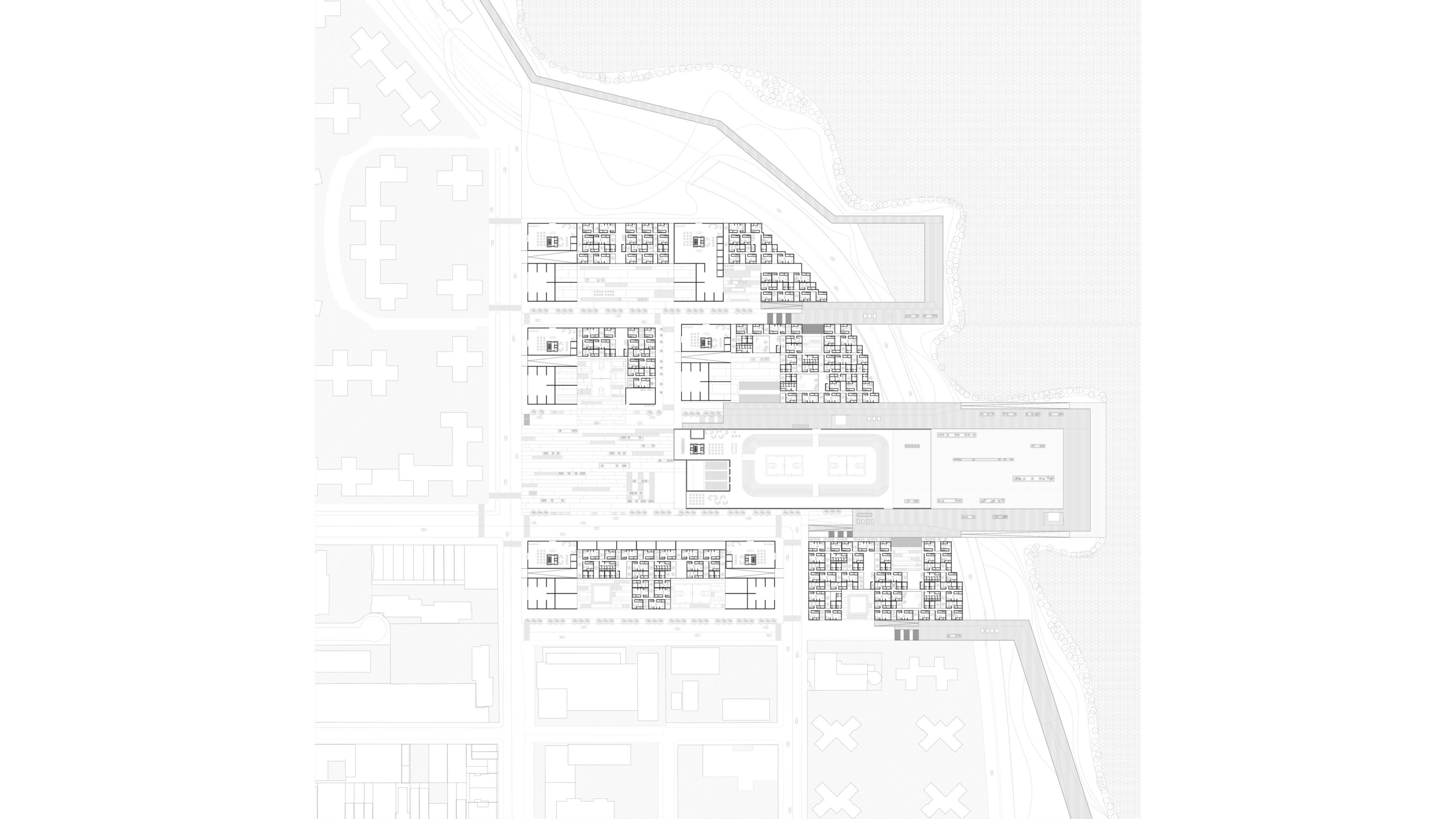
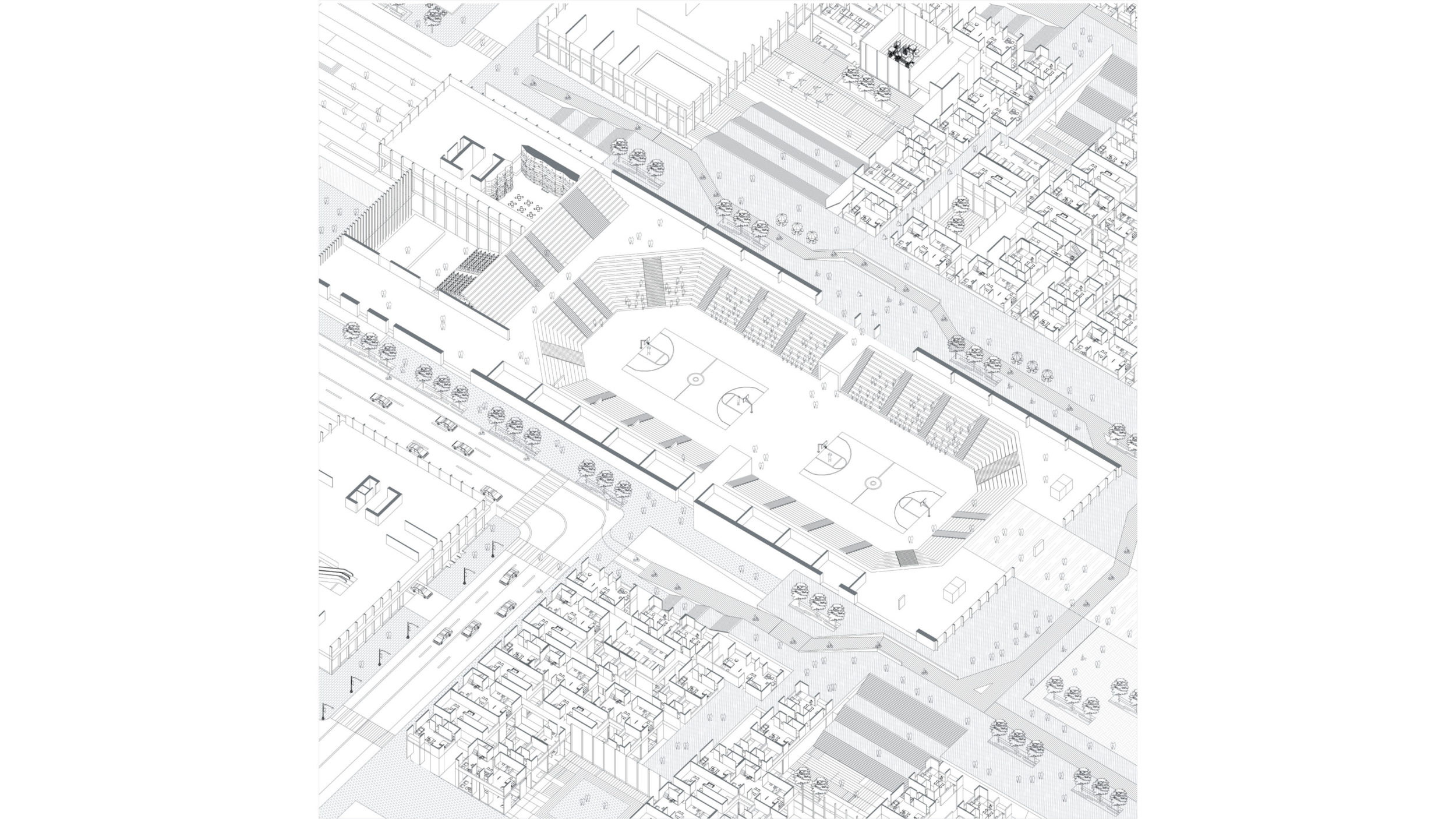
RECONCEPTUALIZING MANHATTAN'S EDGE
USA, 2015
The research asserts that informality can be pictured as a morally and legally questionable non-regulated matter but also as an urban or collective cultural asset. These interventions through the city are important in order to create a diverse and active atmosphere in contrast with the idealization of a modern city, but also as a process to create bridges between society and the government institutions with the objective to understand social dynamics from a bottom up perspective.
The investigation focuses into analyzing the levels of informality in speci c case studies in terms of the relationship between governance and citizen’s participation taking in consideration the implications of rights and obligations to become a value economic subject to the city.
Furthermore, the objective is to understand the materialization of “governmentality” into physical locations and social structures that works in parallel with the mainstream of government regulation, but that certainly complements it.
In addition, the paper makes a critique about the relationship between the “creative city” brand and the actual objective of the non-regulated occupations along Luisenstadt, Berlin.
Does the power of the state is diminished by the emerging of plural actors active in governance issues? Do the participatory practices as an integral element of the modes of governance necessarily lead to citizen empowerment?
Core Studio Elements of Urban Design Final Project
Team: Yuting Zhang - Claudia Tomateo
Harvard Graduate School of Design